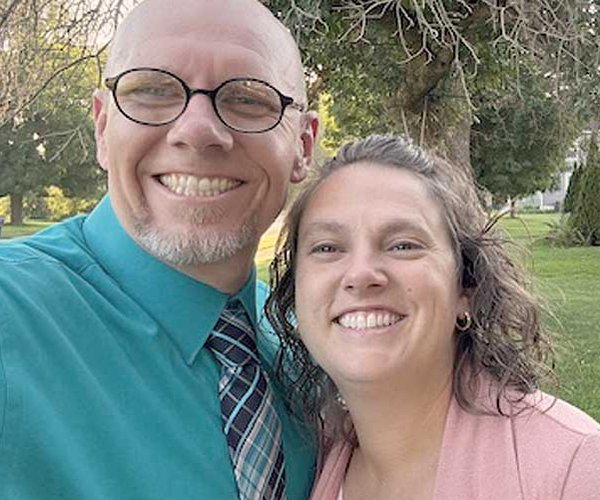On a 3-2 vote, the Monona City Council, at its Oct. 20 regular meeting, approved starting the process to remove added fluoride from the city’s water.
The proposal was brought by mayor Grant Langhus, who said approval that night would start a 90-day timer until the added fluoride is removed.
“The state of Iowa says we’d need to wait until January to make sure we still want to continue to do this. So if we make a decision tonight, it doesn’t actually occur for 90 days,” he said.
In the meantime, Langhus encouraged city officials and community members to research the topic. A public survey is also available to gauge residents’ opinions. As of last week, Langhus said “it’s sitting at about 75 percent of people opposing fluoridation.”
According to PeopleService operator Jared Burkle, some fluoride—roughly .4 to .5 parts per million—occurs naturally in the water. The optimal level is considered .7 ppm. So discontinuation would drop the level from .7 to .4 or .5.
Burkle favors getting rid of fluoride. He said it’s hard on equipment.
“It’s a very corrosive chemical. It’s nasty stuff to deal with,” he told the council. “Not too long ago, we had to replace one of the injection ports in well two, and if that fluoride sits there, it will wear a hole right through the cast iron.”
Langhus wants to remove added fluoride due to health concerns. He fears that babies, runners and other residents receive higher dosages due to their rate of consumption.
He further believes added fluoridation is contributing to cancer diagnoses and other diseases, and questioned whether cavity prevention outweighs that potential impact.
“The Iowa Department of Health says that, by fluoridating our water to an optimal level, we reduce cavities by 7.5 percent. It’s not like we’re reducing cavities by 200 percent or 400 percent. I’d rather see 7 percent of people with cavities than one more percent with breast cancer, for instance. Cavities can be dealt with,” Langhus stated.
The council was split on the issue. Tim Wright feared the corrosive impact on city equipment.
While acknowledging there are pros and cons, Kevin Brainard asked, “What’s it costing the city, as far as dollars and cents?”
They both voted in favor of removing added fluoride to the city water, as did Bridget Schlein. Preston Landt and Erin Friedley opposed the measure, citing a desire for more information and community feedback.
“I’m on the fence,” said Landt. “Looking online, I didn’t find any direct correlation between fluoride and cancer. I can find places where they say it’s possible...I feel like, with the fluoride stuff, the focus is we don’t need to prove it’s causing cancer, but more like we need to disprove it’s not causing cancer. And it’s such a hot debate topic right now. It’s hard to find an unbiased view of it anywhere just because there’s an agenda.”
“One thing we know is cancer is through the roof. If it’s not fluoride, if it’s not something else, then what is it?” Langhus responded.
Landt questioned why the city is not then considering limiting other potential cancer-causing agents.
“I think we can get a bigger impact by saying we’re banning Roundup from town. That has more ties to cancer than fluoride does, and it’s used way more. But that’s another debate,” Landt said.
There was also discussion regarding the timing of the proposal. Langhus is not seeking re-election and there could also be up to three new council members depending on the results of the Nov. 4 election.
Langhus argued that, this way, more people could consider the change.
“We’re spreading it across a maximum number of council members. By spreading it out and starting the process today and finishing next year, we have better representation,” he said. “If the next council decides it’s not a great idea, or we get survey data [against it],” the issue could be reconsidered.
Wright and Brainard agreed.
“Everybody has a chance to read up on it,” Wright said.
“This way, there’s a timeline,” added Brainard. “We could be talking about this a year from now if we don’t start the process.”
Also at last week’s meeting, the council considered a proposal from engineer Jon Biederman from Fehr Graham about a potential downtown street project in 2026. Work could include a full reconstruction—including sidewalk—of Center Street from Main Street to the railroad tracks, as well as improved accessibility and drainage around city hall.
According to preliminary estimates, the project would consume nearly one-third of Monona’s annual street budget. The amount stopped some of the council members short, wondering if other locations or projects should be prioritized. As a result, the council held off on moving forward in order to gather more details.





